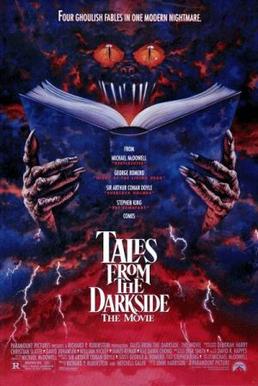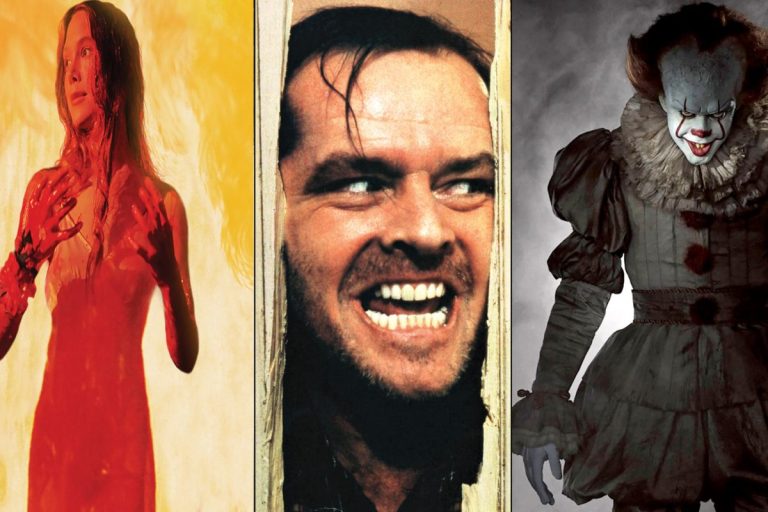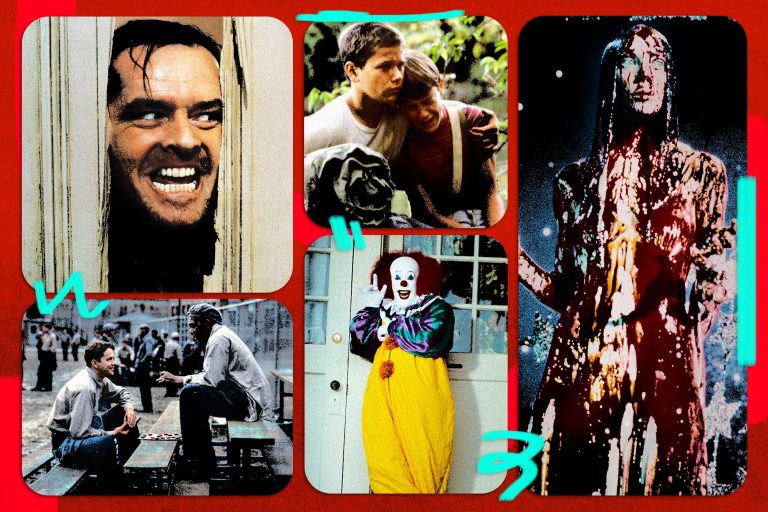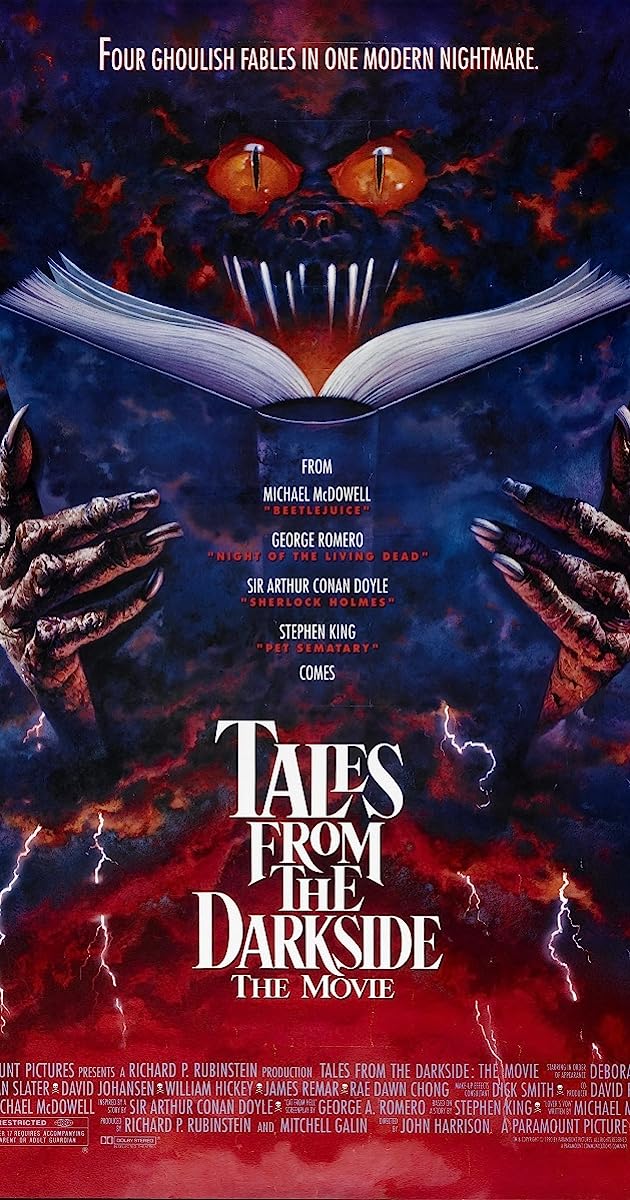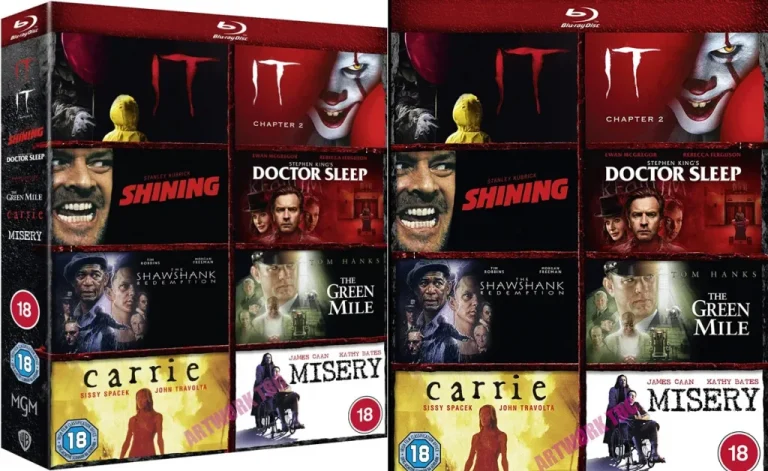Stephen King Movies: A Guide To Cinematic Tropes And Themes
If you’re a fan of spine-chilling stories and captivating cinema, then you’re in for a treat! Today, we’re diving deep into the world of Stephen King movies, exploring the mesmerizing tropes and themes that have made his films true classics. Stephen King, the master of horror and suspense, has a knack for crafting stories that get under your skin and stay with you long after the credits roll. From haunted hotels to possessed cars, his imagination knows no bounds.
When it comes to Stephen King movies, there are certain elements that you can always expect. We’ll be unraveling these cinematic tropes and themes, shedding light on what makes them so captivating and enduring. From the eerie small towns that harbor dark secrets to the complex characters who battle their inner demons, Stephen King’s storytelling prowess shines through in every frame. So, buckle up and get ready to explore the twisted and thrilling world of Stephen King movies, where nightmares come to life and the unexpected awaits at every turn.
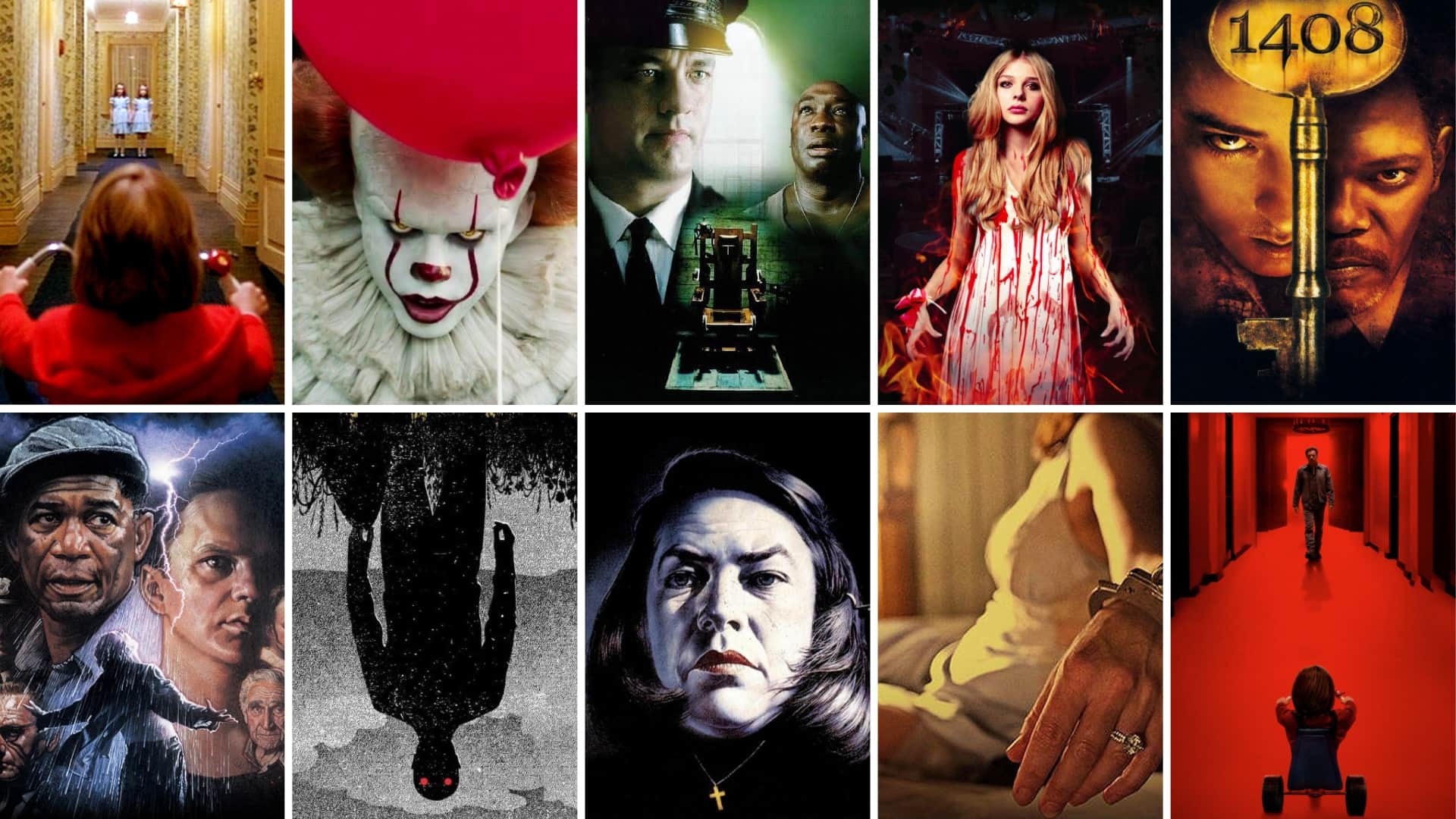
Stephen King Movies: A Guide to Cinematic Tropes and Themes
Stephen King is one of the most iconic and prolific authors of our time, with a vast collection of novels and stories that have been adapted into unforgettable movies. From horror to psychological thrillers, King’s works have captivated audiences for decades. In this guide, we will explore the common tropes and themes found in Stephen King movies, delving into the elements that make his storytelling so compelling and enduring.
The Power of Fear
Fear is a central theme in many Stephen King movies. Whether it’s the supernatural terror of “It” or the psychological horror of “The Shining,” King knows how to tap into our deepest fears and anxieties. His ability to create a sense of dread and suspense is unparalleled, keeping audiences on the edge of their seats throughout the film. By exploring our darkest fears, King forces us to confront our own vulnerabilities and the things that scare us the most.
Another recurring theme in Stephen King movies is the exploration of childhood trauma and its lasting effects. Many of his stories feature protagonists who must confront their past traumas in order to overcome the horrors in their present. This exploration of the human psyche adds depth and complexity to the narratives, making them more than just simple horror stories.
The Haunting Power of the Supernatural
One of the most prevalent tropes in Stephen King movies is the presence of supernatural elements. From haunted houses to demonic possessions, the supernatural is a recurring theme that adds an extra layer of terror to the stories. King’s ability to create vivid and chilling descriptions of these supernatural entities allows audiences to suspend their disbelief and become fully immersed in the world he has created.
In movies like “Carrie” and “Firestarter,” King explores the concept of telekinesis and the extraordinary powers that some individuals possess. These themes of extraordinary abilities and their consequences serve as a metaphor for the power dynamics in our society and the potential dangers of unchecked power.
The Dark Side of Humanity
Stephen King movies often delve into the dark side of humanity, exploring the depths of human depravity and the evil that lurks within. Characters like Annie Wilkes from “Misery” and Randall Flagg from “The Stand” embody this darkness, showcasing the extreme lengths to which individuals can go when consumed by their own twisted desires.
In addition to exploring the dark side of humanity, King also examines the concept of redemption and the capacity for change. Characters like Andy Dufresne from “The Shawshank Redemption” and Danny Torrance from “Doctor Sleep” demonstrate the power of redemption and the ability to overcome one’s past mistakes. These stories offer a glimmer of hope amidst the darkness, reminding us that even in the face of unimaginable horrors, there is always the potential for redemption.
Table: A Comparison of Stephen King Movies
To provide a comprehensive overview of Stephen King movies, here is a table comparing some of the most notable adaptations:
| Movie Title | Release Year | Main Theme | Director |
|—————–|————–|———————–|——————-|
| It | 2017 | Childhood fears | Andy Muschietti |
| The Shining | 1980 | Isolation and madness | Stanley Kubrick |
| Carrie | 1976 | Telekinesis | Brian De Palma |
| Misery | 1990 | Obsession | Rob Reiner |
| The Shawshank Redemption | 1994 | Redemption | Frank Darabont |
This table provides a snapshot of the diverse themes and genres that can be found in Stephen King movies, showcasing the range of his storytelling abilities.
The Impact of Stephen King Movies
Stephen King movies have had a significant impact on popular culture, inspiring countless filmmakers and writers. The success of these adaptations is a testament to King’s ability to create compelling characters and stories that resonate with audiences. His unique blend of horror, suspense, and psychological depth has made him a master of the genre.
In conclusion, Stephen King movies are more than just horror films. They are explorations of the human psyche, examinations of our deepest fears, and reflections of the darkness that exists within us all. Through his storytelling, King challenges us to confront our fears, examine our own humanity, and ultimately find hope in the face of darkness. So, the next time you watch a Stephen King movie, prepare to be captivated, terrified, and moved in equal measure.
Key Takeaways: Stephen King Movies: A Guide to Cinematic Tropes and Themes
- Stephen King movies often feature ordinary people facing extraordinary horrors.
- Themes of fear, loss, and the power of the human spirit are common in King’s movies.
- Cinematic tropes like jump scares, suspenseful build-ups, and supernatural elements are prevalent in King’s movies.
- King’s movies often explore the dark side of human nature and the consequences of unchecked power.
- Characters in King’s movies are well-developed and relatable, making the audience emotionally invested in their stories.
Frequently Asked Questions
1. What are some common tropes found in Stephen King movies?
Stephen King movies are known for their recurring tropes that add to the overall atmosphere and themes of his stories. One common trope is the small town setting, often depicted as a seemingly idyllic community with dark secrets lurking beneath the surface. Another trope is the presence of supernatural elements, such as haunted houses, telekinetic powers, and creatures from other dimensions. Additionally, King often explores themes of isolation and psychological torment, with characters facing their own inner demons as they confront external threats.
Stephen King movies also frequently feature ordinary people facing extraordinary circumstances, as well as the exploration of childhood trauma and the impact it has on adult characters. These tropes, along with King’s distinct storytelling style, contribute to the unique and captivating nature of his movies.
2. How does Stephen King’s use of themes enhance his movies?
Themes play a crucial role in Stephen King’s movies, as they provide deeper meaning and resonance to the narrative. One prevalent theme is the exploration of fear and its different manifestations. King delves into the psychological and emotional aspects of fear, showcasing how it can drive characters to extreme actions or transform them into unlikely heroes.
Another theme that King often explores is the power of belief and the influence it has on reality. Whether it’s the belief in supernatural forces or the strength of human determination, the theme of belief adds layers of complexity to the storytelling. This theme also raises questions about the nature of reality and the blurred lines between the possible and the impossible.
3. Are there any recurring motifs in Stephen King movies?
Yes, there are several recurring motifs that can be found in Stephen King movies. One prominent motif is the use of everyday objects or locations that become imbued with a sense of malevolence or supernatural influence. Examples include a possessed car in “Christine” or a cursed hotel in “The Shining.”
Another recurring motif is the presence of children or teenagers as central characters. This allows King to explore themes of innocence, vulnerability, and the loss of childhood in the face of terrifying events. Additionally, the motif of redemption and personal growth often surfaces in King’s movies, as characters are pushed to confront their fears and past mistakes, leading to transformative journeys.
4. How does Stephen King’s writing style translate to the big screen?
Stephen King’s writing style is known for its rich detail, immersive descriptions, and compelling character development. When adapted to the big screen, filmmakers often strive to capture the essence of King’s storytelling. This can be achieved through atmospheric cinematography, strong performances, and careful attention to the psychological and emotional aspects of the characters.
Furthermore, King’s knack for creating suspense and tension translates well to the visual medium. Filmmakers utilize various techniques, such as effective use of lighting, sound design, and editing, to build suspense and keep audiences on the edge of their seats. By staying true to King’s writing style while embracing the unique capabilities of cinema, filmmakers bring his stories to life in a captivating and thrilling manner.
5. How have Stephen King movies influenced the horror genre?
Stephen King movies have had a significant impact on the horror genre, shaping and redefining it in various ways. King’s ability to tap into universal fears and anxieties has resonated with audiences, making his movies highly influential and often groundbreaking.
One notable impact is the emphasis on character-driven horror. Rather than relying solely on jump scares and gore, King’s movies prioritize the development of relatable and complex characters. This approach adds emotional depth and invests audiences in the fates of the characters, resulting in a more immersive and impactful viewing experience.
Additionally, King’s movies have inspired a new generation of horror filmmakers, encouraging them to explore psychological horror, supernatural elements, and the blending of genres. His storytelling techniques and thematic exploration continue to influence the genre, ensuring that his legacy in horror cinema endures.
UNDERSTANDING THE “DARK TOWER” UNIVERSE (in seven minutes!)
Final Thoughts
After exploring the world of Stephen King movies and diving into the recurring cinematic tropes and themes, it’s clear that King’s storytelling prowess knows no bounds. From his chilling horror tales to his heartfelt dramas, King has captivated audiences for decades with his unique blend of suspense, emotion, and supernatural elements. Whether you’re a die-hard fan or a casual moviegoer, there’s something undeniably captivating about the way King’s stories come to life on the big screen.
One of the most fascinating aspects of King’s movies is the way they explore universal themes that resonate with audiences. From the fear of the unknown to the power of love and redemption, King’s films delve into the depths of the human experience. They remind us that even in the face of unimaginable horrors, there is always hope and the potential for transformation.
In conclusion, Stephen King movies offer a captivating journey into the human psyche, filled with iconic characters, gripping narratives, and thought-provoking themes. Whether you’re a horror aficionado or simply appreciate a well-crafted story, exploring the world of King’s films is a must. So grab some popcorn, dim the lights, and immerse yourself in the cinematic wonders that Stephen King has brought to life.

